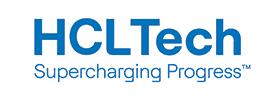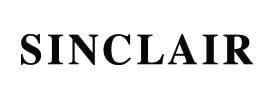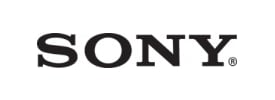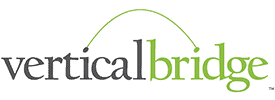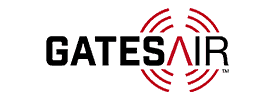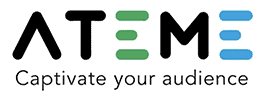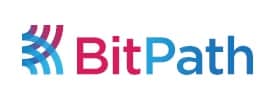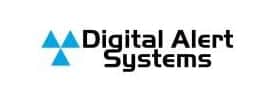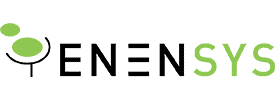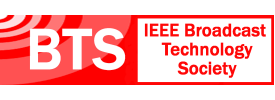- About
- Members
- Sponsors
- Subcommittees
- Technical Documents
- News
- Events
- Spotlight ATSC 3.0
- Contact Us
- Member Login
- Member Meetings
- Advanced Search
Search Site
Member Links
- About
- Members
- Sponsors
- Subcommittees
- Technical Documents
- News
- Events
- Spotlight ATSC 3.0
- Contact Us
- Member Login
- Member Meetings
- Advanced Search
Term
byte-aligned
Posted on April 1, 2015 in
A bit in a coded bit stream is byte-aligned if its position is a multiple of 8-bits from the first bit in the stream.
bury ratio
Posted on April 1, 2015 in
The ratio, normally expressed in dB, between the average power of the primary 8-VSB signal and the power of a buried spread spectrum sharing the same channel.
buried spread spectrum
Posted on April 1, 2015 in
A technique permitting carriage of data in the same spectrum with, but without interference to, another signal by transmitting that data at a much reduced level relative to the primary signal and using coding techniques to permit its recovery with adequate signal-to-noise ratio.
BS.1770
Posted on April 1, 2015 in
This specifies an algorithm that provides a numerical value indicative of the perceived loudness of the content that is measured. Loudness meters and measurement tools which have implemented the BS.1770 algorithm will report loudness in units of “LKFS”.
broadcast system
Posted on April 1, 2015 in
The collection of equipment necessary to transmit signals of a specified nature.
bounded resource
Posted on April 1, 2015 in
An application resource of determinate length.
block
Posted on April 1, 2015 in
A block is an 8-by-8 array of pel values or DCT coefficients representing luminance or chrominance information.
bit rate
Posted on April 1, 2015 in
The rate at which the bit stream is delivered from the channel to the input of a decoder.
BIOP object
Posted on April 1, 2015 in
An object formatted according to the generic BIOP message structure defined in the DSMCC.
binding structure
Posted on April 1, 2015 in
The DirectoryMessageBody() of a directory object, consisting of a list of bindings associating object names with their locations.
News Categories
News Archives
Subscribe
Subscribe to The Standard, our monthly newsletter. Learn More
Join ATSC
ATSC is a membership organization with both voting and observer categories. Voting members include corporations, nonprofit organizations, and government entities, and they participate actively in the work of ATSC. Observers are individuals or entities not eligible to be a voting member.
Subscribe to our Newsletter
Subscribe to The Standard, our monthly newsletter, to stay up-to-date with ATSC news and events around the world.
Site Links
Contact Us
ATSC
1300 I Street NW, Suite 400E
Washington, DC 20005 USA
Do you have questions about ATSC?
About ATSC
ATSC, the Broadcast Standards Association, is an international, non-profit organization developing voluntary standards and recommended practices for digital terrestrial broadcasting. Serving as an essential force in the broadcasting industry, ATSC guides the seamless integration of broadcast and telecom standards to drive the industry forward. Currently, the ATSC 3.0 Standard is providing the best possible solution for expanding the potential of the broadcast spectrum beyond its traditional application to meet changing needs. From conventional television to innovative digital data services, ATSC has one clear goal: to empower the broadcasting ecosystem like never before.
© 2025 ATSC




